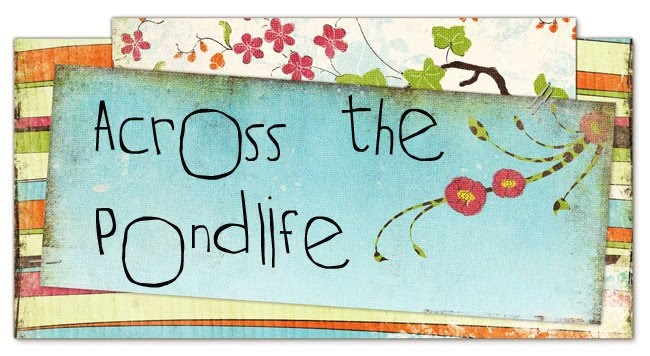I have decided to share my quick and easy butter recipe with you because, let's be honest, who can resist a nice hot piece of toast with lashings of dripping butter - yeah, yeah, cholesterol and calories are watching, but everything in moderation I say, even moderation itself !
Butter:
You'll need:
A pot or two of double cream that is towards the end of its shelf like or, like I used, even a week or 10 days out of date (as long as you've kept it refrigerated!) DON'T use single, it's too thin to turn.
Very cold water - I tend to put a pile of icecubes into a jug of cold water and leave it in the fridge while I'm getting ready.
Salt
butter paddles or palette knives or flat wooden spatulas
Clingfilm
Cheesecloth
and a food processor or whisk
So first thing is to let your cream warm to room temperature. Don't heat it in a pan, literally let it stand out for an hour before you use it.
When it's ready, pour the cream into your food processor. Use your whisk attachment if you have one.
The cream will stiffen to start with, just as it would if you were wanting a thick whipped cream.
As the cream moves through whipping, you'll begin to see what looks like the cream cracking or curdling. This is the separation of the butter from the buttermilk and now you need to turn your processor speed down as it turns FAST!
 |
| This is the butter milk. You can see the butter globules around the side. The large lump of butter I've removed. It will form one or two large lumps. |
Separate off the buttermilk and that's great to put into a cake - or you can make a nice soft creamy bread for your butter later ;-)
This next step is the really important step:
 |
| My water here is still not clean, so I will remove the butter, pour out the water and repeat the process. |
Pour your cold water into the bowl with the butter lump. Let the processor turn it on a very slow speed.
You will need to repeat this step several times. For the first couple of times you'll still see "dirty" water. Eventually the water goes clean.
When this happens, the next thing is to take your butter out and I like to put it into to a piece of cheesecloth here and give it a good squeeze.
Lift it out of your cheesecloth and place on to a wooden board (better than anything else as butter is fatty and sticks).
Using your paddles (or adapted paddles), you are now going to literally, pat the butter on each side at the same time. You're trying to get out as much of the water as is possible, but it can also be used to help to "rectangular-ise" your butter.
Turn your butter and keep patting.
When no more water flies out (it will spray out as you pat!) you are ready to wrap in clingfilm.
If you want to add salt or herbs, you'll need to add them after the water step. Put a little of either into the processor and gently stir it in. Remember though, salt will become more flavoursome through the freezing process, so if you're freezing the butter, either leave it out, or add far less than you'd normally deem right.
You can freeze it for up to 3 months or eat it within a week if stored in a fridge.
Enjoy x





No comments:
Post a Comment